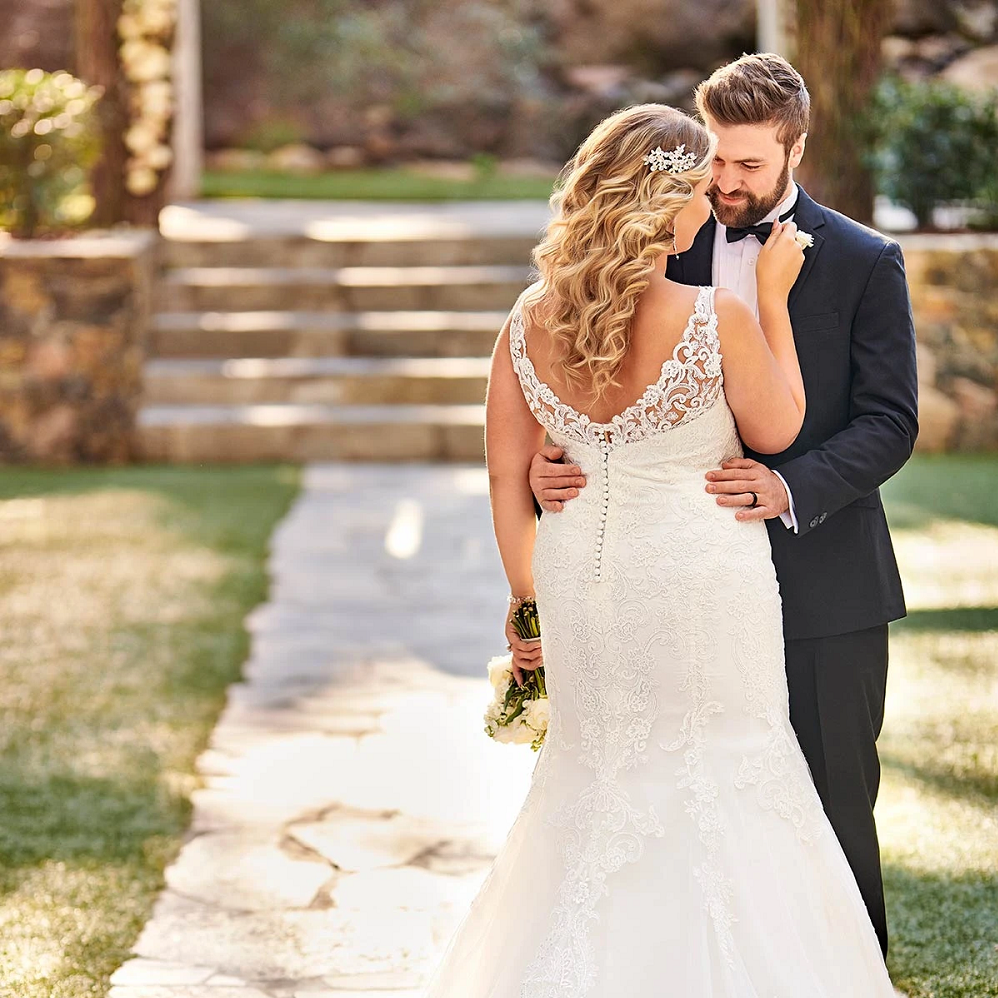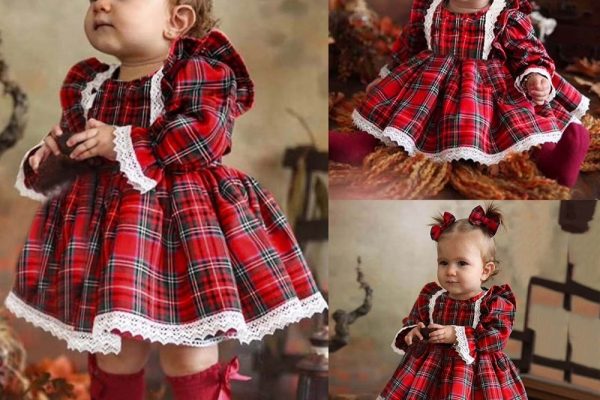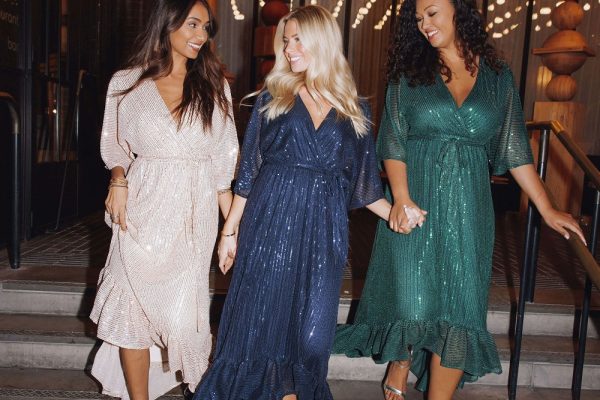Weddings are significant occasions that symbolize love, unity, and cultural heritage. One of the most cherished elements of a wedding celebration is the wedding dress. Traditionally designed wedding dresses often reflect cultural backgrounds, showcasing styles, fabrics, and designs that have been passed down through generations. This article will explore the significance of traditional wedding dress and how they embody cultural heritage, while providing insights into different styles and their meanings.
The Importance of Tradition in Weddings
Celebrating Cultural Heritage
Weddings often serve as a celebration of cultural identity and heritage. The customs and rituals associated with weddings vary significantly around the world, and the wedding dress is a central component of these traditions. A well-chosen dress can reflect the values, beliefs, and stories of a specific culture.
Traditional wedding dresses often incorporate elements unique to their cultural origins. For example, in many cultures, the color of the wedding dress holds special significance. While white has become the standard in Western cultures, other cultures may favor red, blue, or yellow, each carrying its own meanings and traditions. Wearing a traditional dress connects couples to their cultural roots while honoring their family history.
Symbolism Within the Dress
The wedding dress often carries rich symbolism that varies by culture. Specific colors, patterns, and styles can signify a bride’s status, values, and aspirations. For instance, in Chinese culture, red symbolizes luck and happiness, so brides often wear red dresses adorned with beautiful patterns.
In India, brides may wear vibrant saris or lehengas that feature intricate embroidery, stones, and embellishments. These designs are often rich in symbolism, representing the beauty and strength of the bride. Understanding these symbolic elements allows the couple and their families to embrace their heritage during the wedding ceremony.
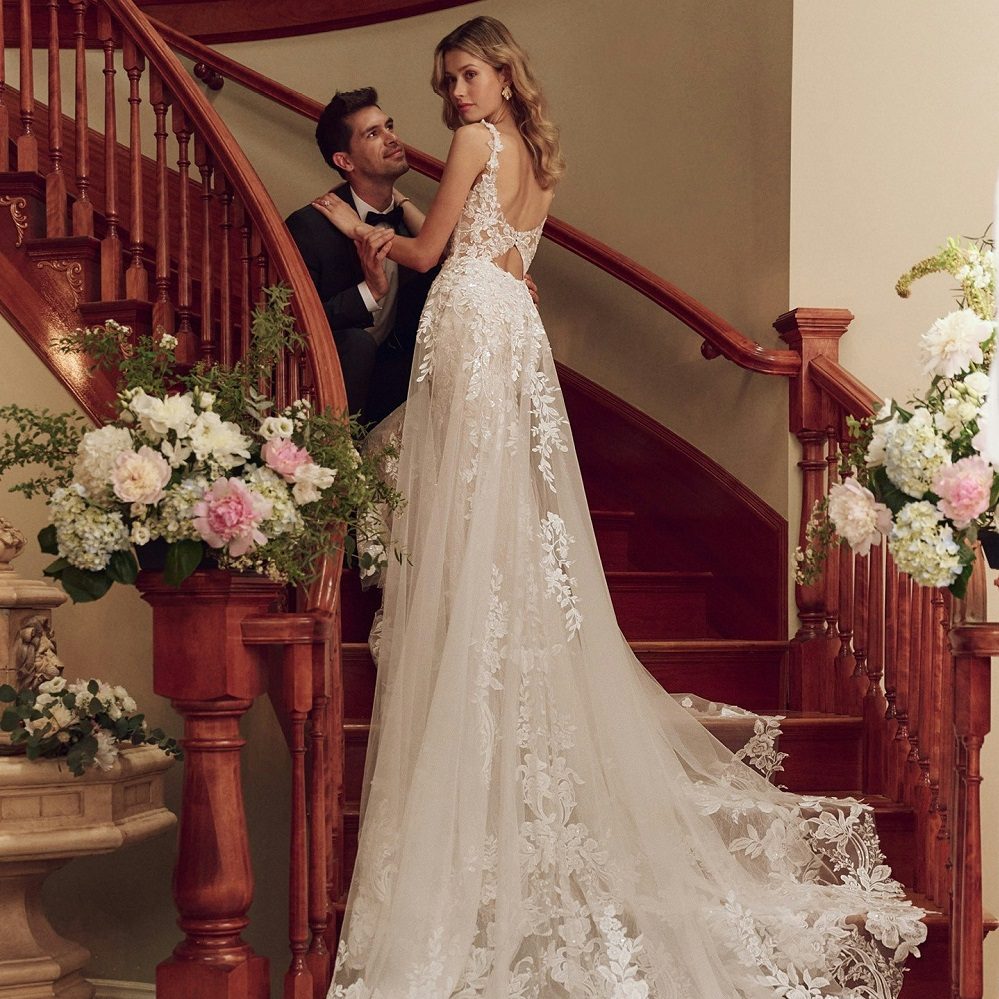
Exploring Various Traditional Wedding Dresses
Western Wedding Dresses
In the West, traditional wedding dresses have evolved over the centuries, but the classic white gown remains a popular choice. The practice of wearing white started with Queen Victoria of England in the 19th century. Her choice to wear a white dress has influenced countless brides ever since, symbolizing purity and new beginnings.
Western wedding dresses often feature elegant silhouettes, delicate lace, and intricate beading. Styles such as A-line, ball gown, or mermaid reflect individual tastes and preferences. Many brides choose to personalize their dresses by adding family heirlooms or meaningful embellishments, enriching the garment’s history and personal connection.
Eastern Wedding Attire
In Eastern cultures, the wedding dress varies widely and is often vibrant and richly decorated. For instance, in Japan, brides often wear a shiromuku, a pure white kimono that symbolizes purity. This garment may be worn during the ceremony and later swapped for a colorful uchikake, representing excitement and celebration.
Korean brides traditionally wear the hanbok, characterized by vibrant colors and simple lines. The dress combines a short jacket (jeogori) and high-waisted skirt (chima). These outfits often reflect the bride’s family’s social status and are embellished with motifs that symbolize good fortune.
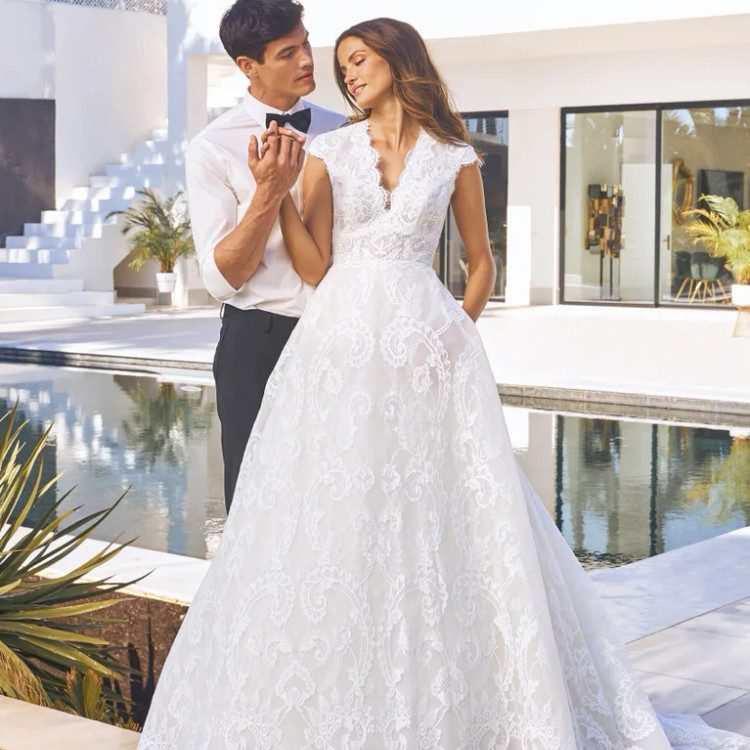
The Role of Fabrics and Embellishments
Significance of Fabric Choices
The choice of fabric plays a crucial role in traditional wedding dress. Different cultures favor unique materials that hold particular meanings. In Western cultures, satin, silk, and lace are popular choices, evoking elegance and sophistication.
In Indian culture, luxurious fabrics like silk, chiffon, and brocade are often used in wedding attire. Intricate embroidery and embellishments complement the chosen fabric, enhancing the overall beauty of the gown. These fabrics represent a bride’s family affluence and heritage, allowing for a reflection of cultural pride.
Embellishments that Tell a Story
Embellishments on traditional wedding dresses often include intricate beadwork, embroidery, and sequins. Each of these details can carry special meanings or traditions. For example, in many cultures, embroidery may depict symbols of love, prosperity, and protection.
Family heirlooms, such as jewelry or sashes, can also be incorporated into the wedding dress. These personal touches honor family traditions while adding a unique element to the overall dress. By integrating these elements, brides can make their wedding attire deeply meaningful and reflect their heritage.
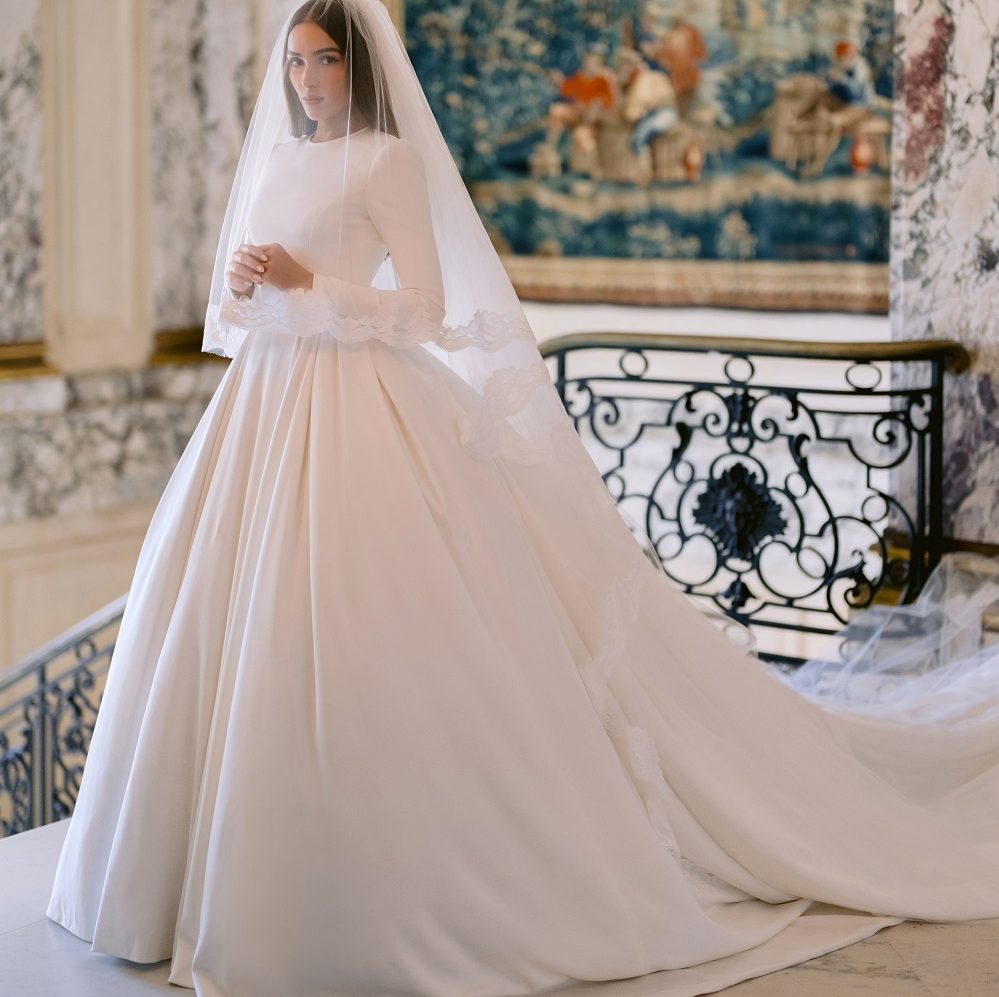
Bridging the Gap Between Tradition and Modernity
Blending Styles for Personal Expression
As cultures evolve, so do wedding traditions. Many couples today wish to incorporate elements of both traditional and modern styles into their wedding attire. This fusion allows for personal expression while respecting cultural heritage.
For example, some brides opt to wear a modern white gown with traditional elements like embroidery or accessories inspired by their cultural origins. Others may choose to wear a traditional dress during the ceremony and then switch to a modern gown for the reception. This blending of styles showcases the couple’s unique stories and identities.
Influencing Future Generations
By choosing to incorporate traditional elements into their wedding dress, couples set an example for future generations. They emphasize the importance of cultural heritage, encouraging younger family members to appreciate and embrace their roots. This practice fosters a sense of belonging and identity, bridging the gap between past and present.
In some families, bridal gowns are passed down from generation to generation, strengthening the connection between family members. When a bride incorporates her family’s traditional dress into her own wedding attire, she honors her ancestors while creating new memories.
The Emotional Connection of the Dress
Personal Stories Behind the Dress
Traditional wedding dresses carry deep emotional connections for brides and their families. Many brides choose their attire based on family stories or heirlooms, creating a sense of continuity and belonging. Wearing a dress that has been worn by generations connects the bride to her family’s history, celebrating love that transcends time.
Additionally, brides often experience a strong sense of pride and joy when wearing a dress that reflects their heritage. The emotional weight of the dress contributes to the overall significance of the ceremony, aligning the couple with cultural traditions while expressing their love for each other.
Family Involvement in Dress Selection
Choosing a wedding dress is often a collaborative process that involves family members. Brides may seek input from mothers, grandmothers, or even siblings when selecting a traditional dress. This shared experience can bond family members, creating cherished memories in the lead-up to the wedding.
In many cultures, family members play an essential role in the creation of the wedding dress. Handmade dresses or custom embroidery can involve multiple generations, making the dress a family project. This collaborative effort represents love and commitment, not just between the couple but also within their families.
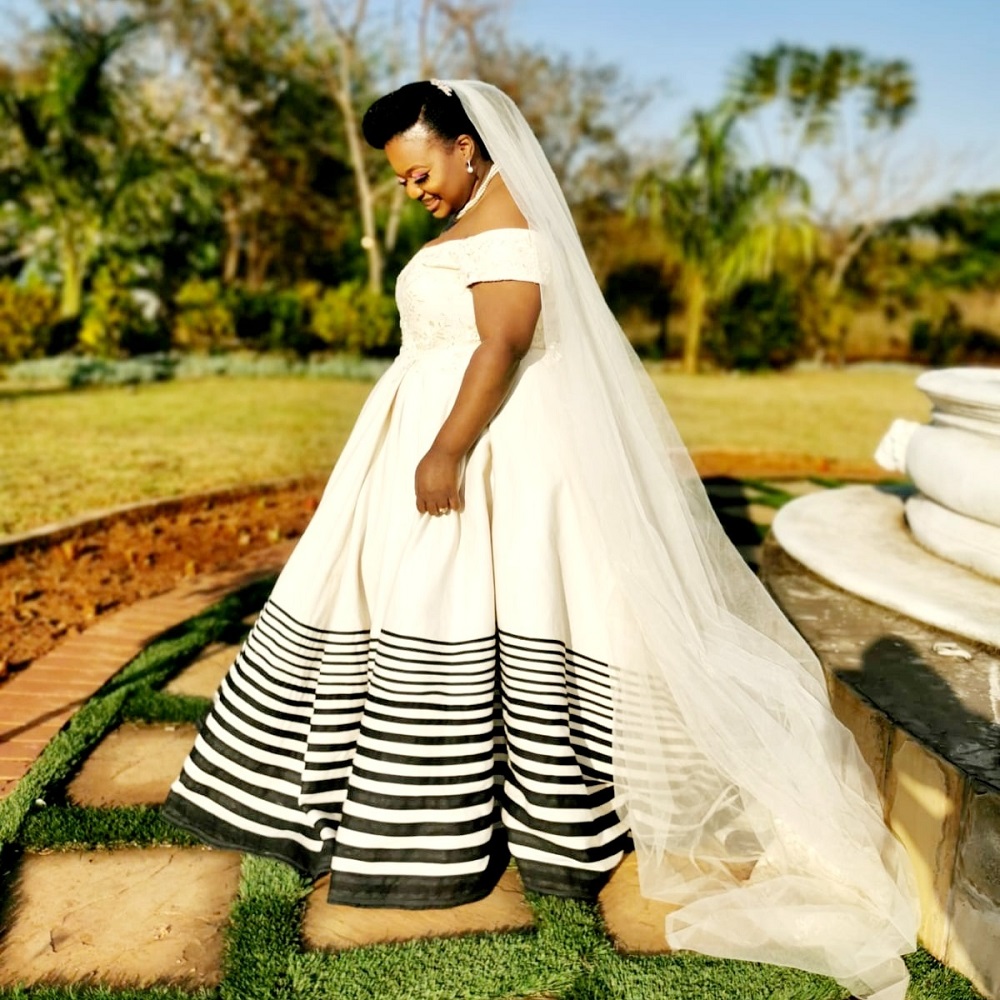
Regional Variations in Traditional Wedding Dresses
Varieties Across Europe
European countries boast a variety of traditional wedding attire that reflects diverse cultures. In Greece, brides often wear elaborate dresses adorned with gold thread and intricate patterns, paired with a crown called a stephana. In Scotland, wedding attire may include kilts or Celtic designs, emphasizing regional identity.
Similarly, in Italy, the bridal gown reflects both modern trends and traditional elements. Many Italian brides choose lace gowns that highlight craftsmanship while incorporating age-old customs. These regional variations showcase the unique stories and sentiments tied to wedding traditions across Europe.
Diverse Traditions from Around the World
Different cultures worldwide celebrate weddings with their unique flair and style. South American brides often wear intricate white or colorful gowns featuring flamboyant decorations. In Mexico, the traditional white gown is sometimes complemented by a vibrant shawl, known as a rebozo.
African cultures also exhibit unique wedding attire. In Nigeria, brides might wear a brightly colored gele (head tie) and a richly embroidered dress known as an iro and buba. These garments often showcase local fabrics and patterns, highlighting the bride’s ethnic background. Exploring these diverse traditions enriches the understanding of wedding attire and its significance.
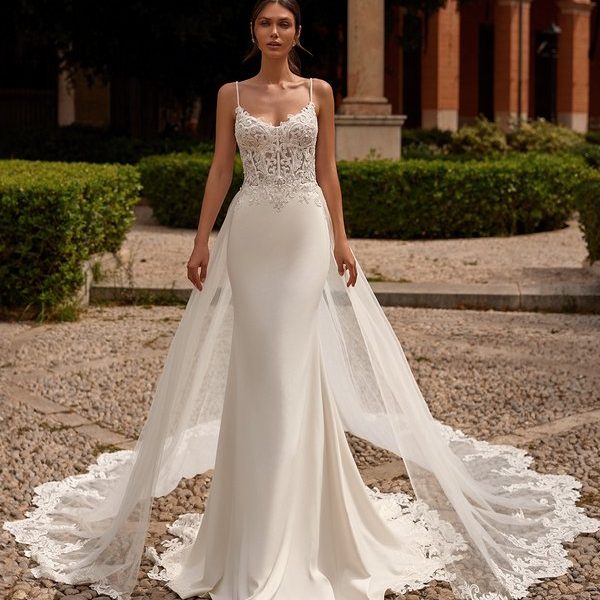
The Lasting Impact of Traditional Wedding Dresses
In conclusion, traditional wedding dress play an essential role in ceremonies around the world, incorporating cultural heritage into the celebration of love. The rich history and meaning embedded in these garments contribute to the emotional significance of weddings.
From fabrics to styles and regional variations, the diversity of traditional dresses continues to inspire brides. As couples navigate personal expression and cultural significance, they shape the future of wedding traditions. By choosing to embrace their heritage through their wedding attire, they create a celebration that honors their past and embraces their future together.
Ultimately, the traditional wedding dress serves as a beautiful canvas showcasing love, family, and cultural identity. Each dress tells a unique story, weaving together generations of love and commitment while highlighting the beauty of heritage. As couples prepare for their big day, they should celebrate the rich tapestry of traditions available to them, creating an unforgettable experience that resonates for years to come.
